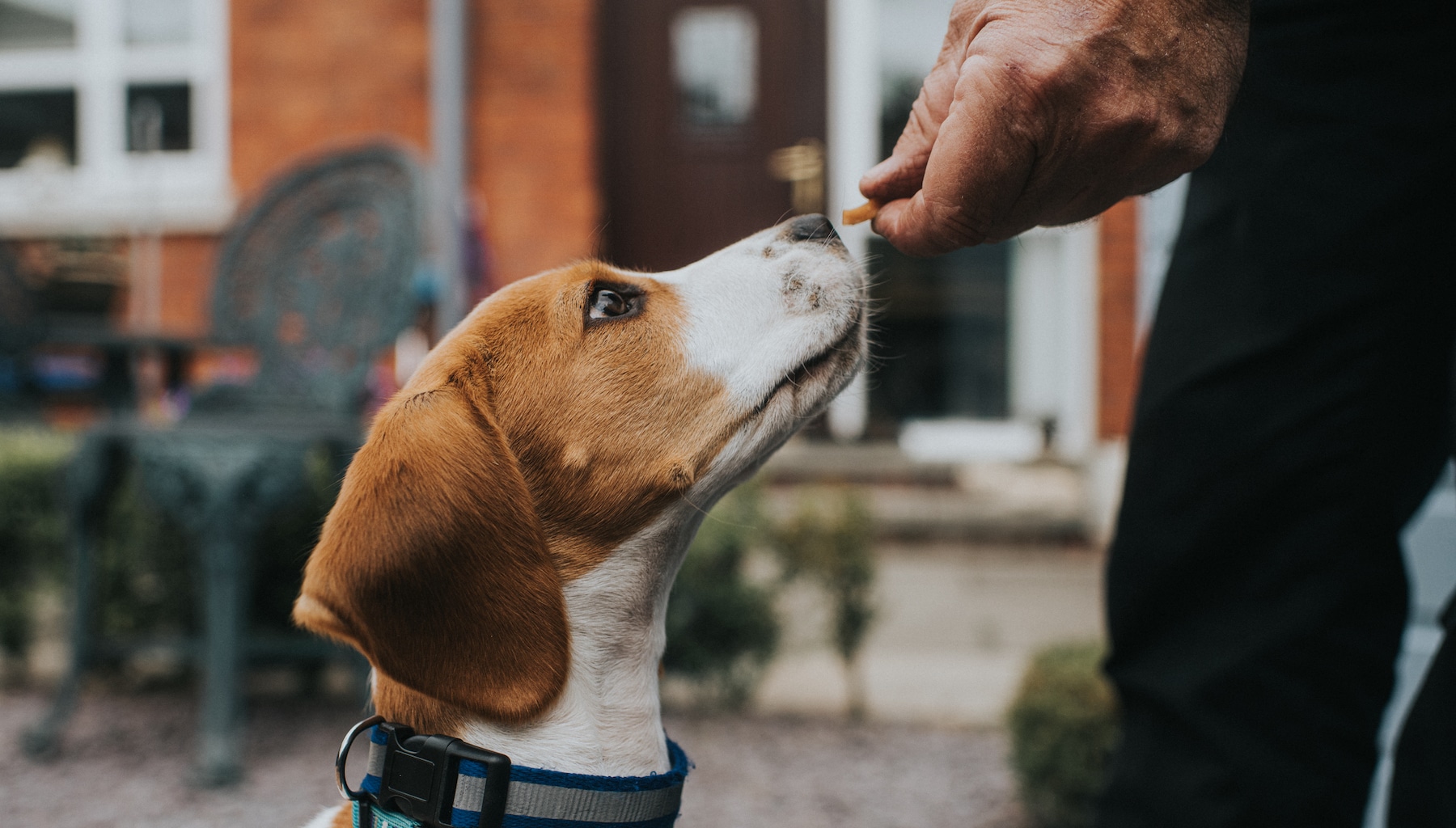The second you looked at your little fur ball, you were smitten. But while your new puppy may be all licks and cuddles now, it takes work to turn that bundle of love into a perfect pooch. You’ll need to train it, giving it the tools needed to successfully interact with people and other animals throughout its life. Here’s how to give your pooch a great start.
1. Give your puppy some time
According to Dr. Meredith Stepita, veterinarian and veterinary behaviorist of Veterinary Behavior Specialists in Dublin, California, puppies should not be weaned away from their moms and litter mates until they are 8 weeks old. During these first few weeks your puppy needs food, love and affection from its mother. It will be busy learning to play and acquiring social skills from siblings. Litter mates teach each other not to bite or to roughhouse too strenuously, as well as frustration tolerance. This is also a time when your puppy will be getting used to different people and learning about pack dominance. These lessons will continue in your home.
2. Welcome puppy home
The first few days together are exciting, with everyone getting to know each other and having a good time. Interactions may feel like fun and games, but your puppy is busy learning what to do and what not to do, whether you realize you’re teaching him or not. If you’ve taken a very young puppy into your home, it will fell vulnerable, crave security, safety and a routine, as well as love.
3. Get a crate
Your puppy’s crate is a place of security, comfort and quiet. The crate should never be used for time outs; rather it’s a place of solitude and safety. The crate will also help to keep your home safe from puppy-created mayhem. Puppies younger than six months old should not be crated for more than two or three hours, except at night.
“Crates help with house training. Even young puppies don’t like to soil their sleeping space,” says Laura Garber, professional dog trainer and owner of WoofGang Dog Training.
A key element to crating success, says Garber, is the crate’s size. If it’s too big, your puppy will learn to relieve himself on one side of the crate and sleep on the other. To small and he may feel cramped.
Not only is the size of the crate important, but so is your puppy’s acclimation. Garber suggests tossing treats into the crate to help your puppy associate it with rewards. Accompany this behavior with a command, such as “In!” or “Kennel Up!” Puppies can comprehend simple commands as early as five weeks old.
4. Potty train your pooch
Realistic expectations and calmness are key elements to early house training, says Alexandra Allred, a dog trainer and author of “Teaching Basic Obedience.” Your diligence is also key. The more time you spend with your puppy, the better able you will be to praise and reward it when it eliminates in the appropriate place.
Sound like a responsibility? It is. Your puppy wishes to please you, but don’t try to reason with him as if he’s a furry, four-legged person,” Allred says. “This is unfair because dogs don’t process information the way humans do.” Scheduling regular feedings, as well as potty breaks, will help him learn this behavior more quickly. Never punish your puppy for accidents.
5. Teach good citizenship
“The first 16 weeks of your dog’s life are a sensitive learning period, when socialization skills can be acquired in earnest,” Garber says. “This is the time to get your puppy used to people of all shapes and sizes as well as other animals, such as cats and dogs.”
She suggests carrying treats around with you to give to people who will then give them to your puppy. This helps to associate good things with all kinds of individuals and avoids your dog from becoming aggressive.
6. Combat resource guarding
Puppies may become territorial about their food bowls, toys or favorite people. Working with your puppy to eliminate even mild resource guarding behaviors will protect everyone, puppy included. When your puppy is little, train it to associate you and other family members with good things when you approach the guarded object. This is typically accomplished by supplying him with treats as you approach. Always make sure children show caution when nearing your puppy’s food or favorite toy.
7. Encourage bite inhibition
Teaching puppies not to bite is one of the most important lessons. “Behavioral problems such as biting are the No. 1 reason why animals are relinquished to shelters or put down,” says Stepita.
Establishing your place as pack leader will help your puppy remember that he must earn your respect and obey you, which will help him to curb this behavior. “Remember that your dog craves your approval but also needs your guidance,” adds Allred. “If he bites, say ‘no!’ Then, hold his mouth closed for about a minute,” she suggests.
8. Provide plenty of exercise
New experiences are important for puppy development. Help stimulate your puppy’s mind with puzzle toys and appropriate playthings, as well as giving your puppy plenty of outdoor exercise. Bored dogs are more likely to engage in aggressive or inappropriate behaviors.
It’s important that your dog learn his place is in your home, but this can only be accomplished with consistency and a firm, loving hand. Only then will your puppy grow and learn to be the very best dog possible.



